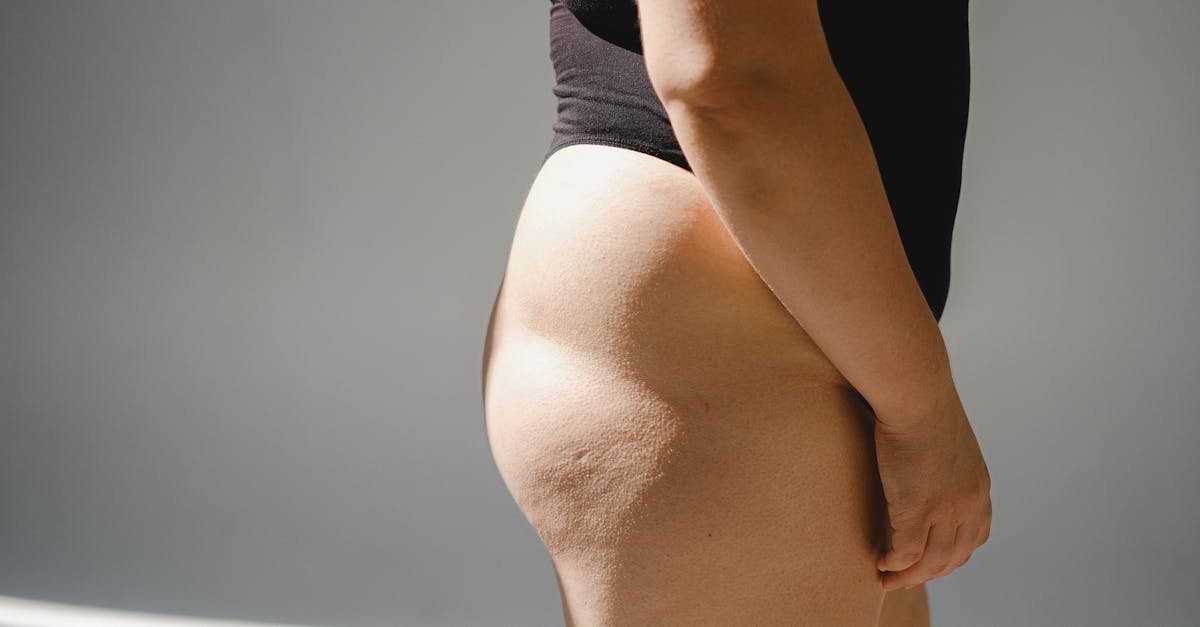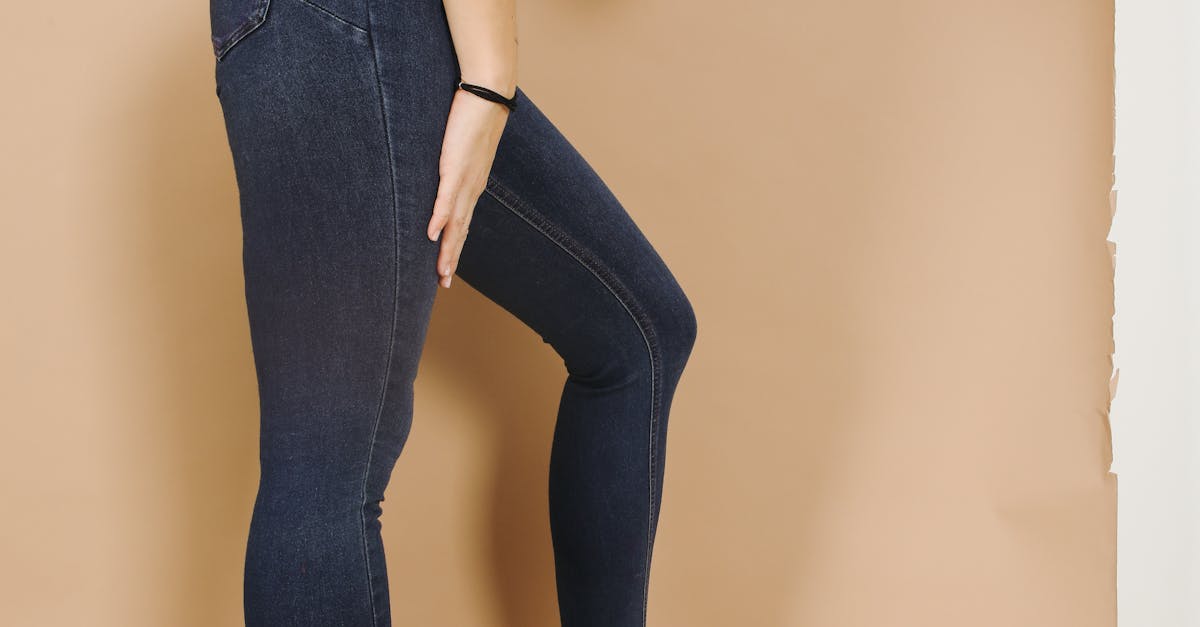Tight Front Hip Flexors: Overcoming Discomfort with Stretching
Unlock Hip Freedom: A Comprehensive Guide to Relieving Tight Front Hip Flexors

Suffering from nagging hip discomfort that hinders your daily activities? You might have tight front hip flexors, a common issue that restricts your range of motion and causes pain. But fear not! This comprehensive guide will shed light on everything you need to know about hip flexors, their causes, and the essential stretches to alleviate discomfort and improve your overall hip health.
The front hip flexors, located at the front of your thighs, play a crucial role in hip movement. They allow you to bend your hips and bring your knees towards your chest, essential for everyday activities like walking, running, and climbing stairs. However, prolonged sitting, improper posture, and certain athletic activities can lead to tightness in these muscles, hindering their flexibility and causing discomfort.
To combat this issue, stretching is key. In this guide, we will provide step-by-step instructions for effective stretches that target the front hip flexors, such as the quadriceps stretch, kneeling hip flexor stretch, and standing hip flexor stretch. Regular stretching can alleviate discomfort, enhance your range of motion, and improve athletic performance. By incorporating these stretches into your routine along with preventive measures like regular exercise, proper posture, and stretching, you can maintain hip flexor flexibility and keep your hips happy and healthy.
1. Understanding Front Hip Flexors
Understanding Front Hip Flexors: Location and Role
Front hip flexors are a group of muscles located at the front of your thighs that play a vital role in hip movement. They allow you to bend your hips and bring your knees towards your chest, actions that are essential for everyday activities like walking, running, and climbing stairs.
The primary front hip flexor muscles include the iliopsoas, rectus femoris, and sartorius. The iliopsoas is a deep muscle that originates from the lower spine and attaches to the top of the femur (thigh bone). The rectus femoris is a large muscle located on the front of the thigh, while the sartorius is a long, thin muscle that runs from the outside of the hip to the inside of the knee.
When these muscles contract, they work together to flex the hip joint, allowing you to lift your knee towards your chest. Strong and flexible hip flexors are crucial for maintaining good posture, preventing back pain, and maximizing athletic performance.
2. Causes of Tight Front Hip Flexors

Causes of Tight Front Hip Flexors
Tight front hip flexors can result from various factors, including prolonged sitting, improper posture, and certain athletic activities.
Prolonged Sitting: Spending extended periods sitting, especially with poor posture, can shorten and tighten the hip flexors. This is common among individuals who work at desks or drive for long hours.
Improper Posture: Poor posture, such as slouching or hunching forward, can strain the hip flexors and lead to tightness over time.
Athletic Activities: Certain athletic activities, such as running, cycling, and weightlifting, can also contribute to tight hip flexors, especially if proper stretching and warm-up exercises are not performed.
Other factors that may contribute to tight hip flexors include muscle imbalances, injuries, and certain medical conditions. Maintaining proper posture, engaging in regular stretching, and addressing underlying issues can help prevent and alleviate hip flexor tightness.
3. Stretching for Tight Front Hip Flexors
Stretching for Tight Front Hip Flexors
Stretching is an effective way to improve hip flexor flexibility and alleviate discomfort. Here are detailed instructions for three effective stretches:
Quadriceps Stretch: 1. Stand with your feet hip-width apart. 2. Step forward with your right leg and bend your knee, bringing your right heel towards your buttocks. 3. Grasp your right ankle with your right hand and gently pull your heel towards your buttocks until you feel a stretch in the front of your right thigh. 4. Hold the stretch for 20-30 seconds, then release and repeat with your left leg.
Kneeling Hip Flexor Stretch: 1. Kneel on your right knee, with your left foot flat on the floor in front of you. 2. Keep your right knee directly above your ankle and your left knee bent at a 90-degree angle. 3. Place your hands on your left thigh and gently lean forward until you feel a stretch in the front of your right hip. 4. Hold the stretch for 20-30 seconds, then release and repeat with your left leg.
Standing Hip Flexor Stretch: 1. Stand with your feet hip-width apart. 2. Step forward with your right leg and bend your knee, bringing your right foot towards your buttocks. 3. Grasp your right foot with your right hand and gently pull your knee towards your chest until you feel a stretch in the front of your right hip. 4. Hold the stretch for 20-30 seconds, then release and repeat with your left leg.
4. Benefits of Stretching Front Hip Flexors

Benefits of Stretching Front Hip Flexors
Stretching the front hip flexors offers numerous benefits, including reduced discomfort, improved range of motion, and enhanced athletic performance:
Reduced Discomfort: Regular stretching can help alleviate discomfort and pain caused by tight hip flexors. Stretching helps to elongate and relax the muscles, reducing tension and improving overall hip mobility.
Improved Range of Motion: Stretching the hip flexors can significantly improve your range of motion. Increased flexibility allows for greater freedom of movement, making everyday activities like walking, running, and climbing stairs easier and more comfortable.
Enhanced Athletic Performance: For athletes, flexible hip flexors are crucial for optimal performance. Improved hip flexibility allows for better hip extension and knee drive, enhancing speed, power, and agility in activities such as running, jumping, and kicking.
5. Prevention and Maintenance
Prevention and Maintenance
To maintain hip flexor flexibility and prevent tightness, incorporating the following preventive measures into your routine is essential:
Regular Exercise: Engaging in regular exercise, particularly activities that involve hip flexion and extension, can help keep your hip flexors flexible and strong. Activities such as walking, running, swimming, and cycling are all beneficial.
Proper Posture: Maintaining proper posture, both while sitting and standing, can help prevent hip flexor tightness. Avoid slouching or hunching forward, and ensure your pelvis is in a neutral position.
Stretching: Regular stretching, as described in the previous section, is key to maintaining hip flexor flexibility. Aim to incorporate hip flexor stretches into your daily routine or as part of your warm-up before exercise.
Quiz
Test your understanding of the article with this short quiz:
1. Which of the following is NOT a benefit of stretching front hip flexors?
(a) Reduced discomfort (b) Improved range of motion (c) Enhanced athletic performance (d) Increased muscle mass
2. True or False: Prolonged sitting is a common cause of tight front hip flexors.
3. Which of the following is a recommended preventive measure to maintain hip flexor flexibility?
(a) Regular exercise (b) Poor posture (c) Lack of stretching (d) Sitting for extended periods
4. What is the primary function of the front hip flexors?
(a) To extend the hip joint (b) To flex the hip joint (c) To rotate the hip joint (d) To abduct the hip joint
5. True or False: Hip flexor tightness can lead to lower back pain.
Answer Key
- (d) Increased muscle mass
- True
- (a) Regular exercise
- (b) To flex the hip joint
- True
